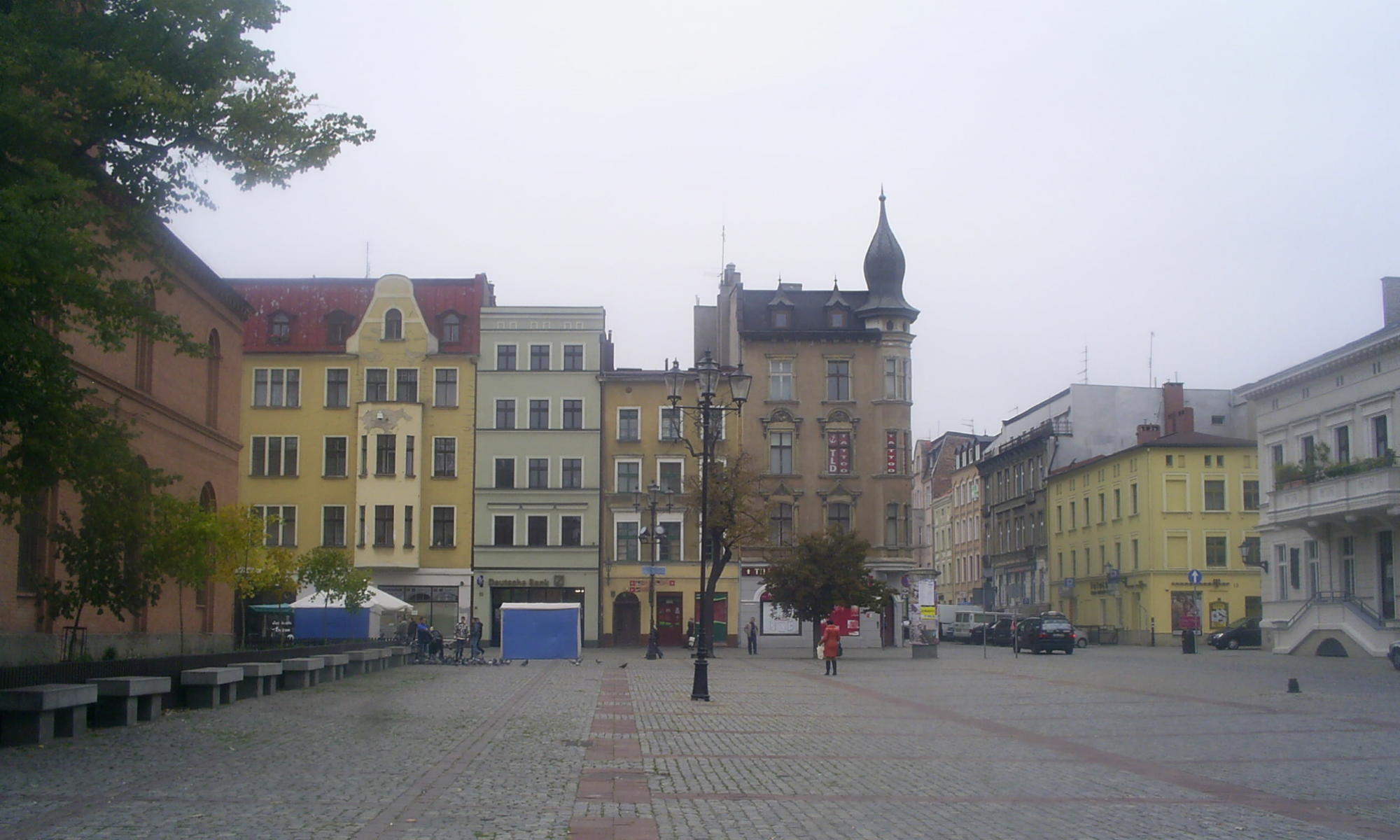COTAC has published material from its 2017 conference – BIM for Heritage: “Stepping into the Future with the Past,” on its www.cotac.global website, accessible here.
The conference saw a range of speakers delve into the heady topic of BIM for Heritage, with the morning session recapping developments during 2017, and with the afternoon session previewing what was ahead for 2018. The well-attended event took place in the London offices of Ramboll, and saw a spirited Q+A discussion after each session.
During the morning, Ingval Maxwell (COTAC) discussed how BIM is the latest in a natural technological progression of ‘seeing’ buildings, from 2D to 3D to 4D, and posed the enticing question of whether or not past publications could help inform how contemporary technologies might ‘see’ beyond the scanned surface of heritage buildings. Paul G. Bryan (Historic England) described the ‘BIM journey’ and reviewed Historic England’s related publications on the use of digital technologies. Carl Brookes (Ramboll) demonstrated several ‘hybrid’ methods whereby users could utilise ‘BIM’ technologies without having to engage in expensive, time-consuming model-building exercises, and Marianne Partyka (PagePark) ended the session by considering how a highly structured digital categorisation system can offer designers an efficient and effective method of interacting with considerable amounts of project data.
Joanne Russell (HES) initiated the afternoon session by reviewing the wide range of applications where HES utilises digital tools, and illustrated how a data-rich matrix approach to risk management can inform the development of Investment and Maintenance Plans. Brian Johnston (Topscan) touched on how digital technologies can enable risk management, whilst emphasising the needs to ensure data gathering was focused and cost-effective to avoid ‘drowning in data’. Ingval Maxwell then developed the discussion on past publications, ruminating on the possible value of digitising them towards the creation of an HBIM Objects Library. Edonis Jesus (LendLease) concluded the day by setting out the objectives and intentions of the recently formed BIM4Heritage Group.
The place of BIM, and a wider range of digital tools, within the conservation needs of the built environment proved an engaging topic that COTAC will continue to explore.
